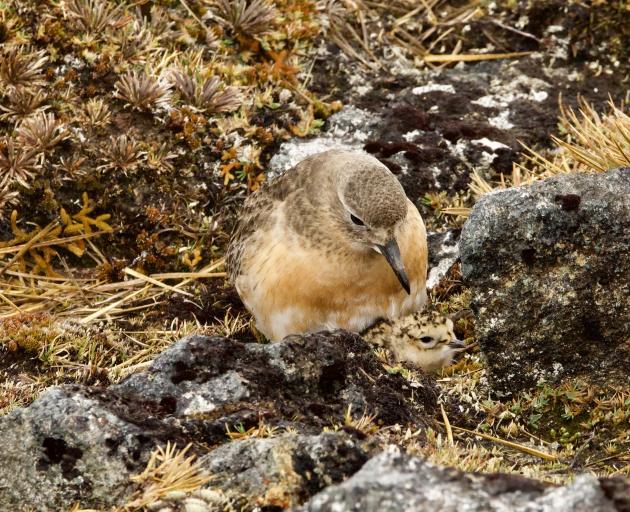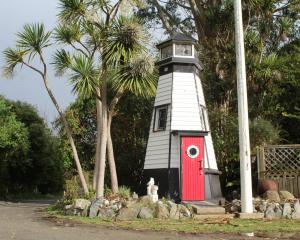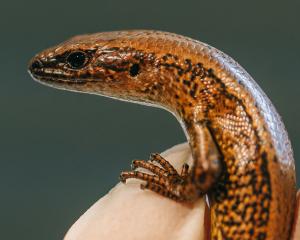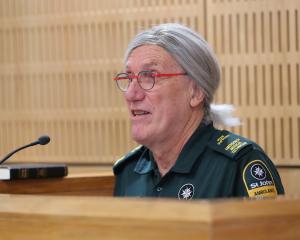
Just an estimated 101 birds remain after the Department of Conservation (Doc) completed its annual flock count on the endangered dotterel. It found 101 birds — a 19% decline from last year’s count of 126.
Doc ranger Daniel Cocker said the numbers highlighted the precarious position the population was in, despite continued predator control efforts.
"Southern dotterels, which only breed on Stewart Island, have spent the past few decades on the brink of extinction and sadly this year looks to be a similar story.
"Without our control efforts, it’s frightening to think just how low the numbers would be."
Dotterels face a range of threats, but the number one cause of decline is predation by feral cats. During the recent breeding season, 32 feral cats were killed by the team across the breeding sites.
"We believe at least 41 adult birds died over the 2023 breeding season. This was partially offset by this year’s surviving chicks, meaning an estimated population reduction of 25 birds."
Predator-control strategies will be reviewed as part of an adaptive management programme.
Feral cats roam large distances and are wary of the traditional methods to control them — trapping, hunting and bait stations. There are limited tools to control feral cats across large areas.
Dotterel breeding habitat is patchy and extends across the full length of Stweart Island. To save more dotterels, more habitat needs to be protected.
Long-term solutions require landscape scale change — with initiatives such as Predator Free Rakiura, which aims to remove possums, rats, feral cats and hedgehogs from the island, being so important.
The focus is on effective predator control to hold the line and prevent extinction.
Despite this year’s low numbers, the team remains hopeful for a turnaround in the dotterel’s fortunes.
In 1992, the population reached an all time low of 62 birds but bounced back to 290 birds in 2009.












